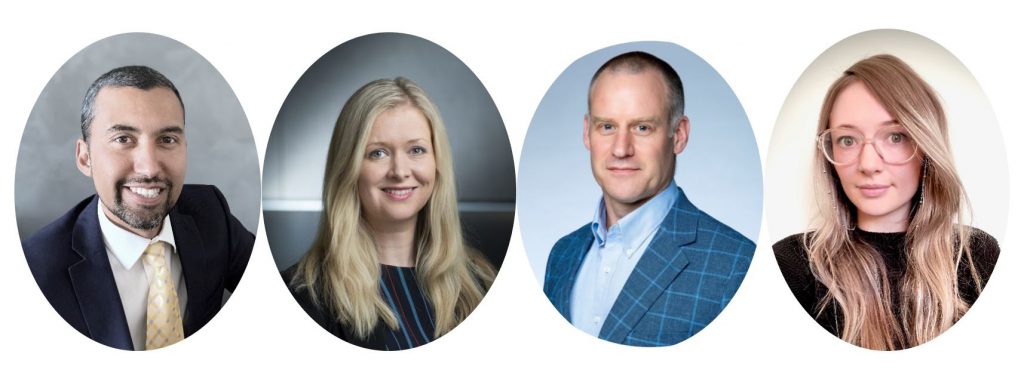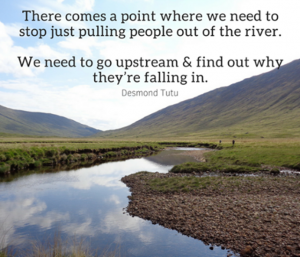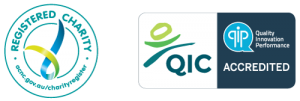
Name
Role
Consultant and Business Development
Organisation
The OPUS Centre for Psychosocial Risk
What are you/your organisation currently focusing on in terms of workplace health and wellbeing?
Our main priority is checking in with each other.
We live by the saying that “it’s better to stop people falling in the river than to pull them out”….although pulling them out is still very important if they do happen to fall in.
We generally follow our Psychosocial Hierarchy of Controls but practically, it looks like – fair work practices, weekly check-in meetings, text messages of support and being able to share a laugh or two. It all helps to create what we call a Proactive Climate – where organisations prevent exposure to psychosocial hazards, as opposed to Reactive Climate where organisations respond to hazards if they occur.

What aspect of workplace health and wellbeing does your organisation do well in?
To set the scene, The OPUS Centre for psychosocial risk is a small business that started in March this year with the aim of bridging the gap between best practice research and practical implementation for workplaces. Which means that we are very attuned to what we should be doing in workplace wellbeing.
Education about what works in workplace wellbeing has been key to our own psychological health at work. A good understanding of both the theory and the practice makes it easier to make decisions (in all aspects of the business) with wellbeing in mind.
A simple example of this, is in our weekly check-ins and spreading the workload, especially where one team member has a spike in work. Allowing each member of the team to rest and spend time with loved ones outside of work, means that we have a more productive and engaged team at work.
What’s your biggest challenge working in workplace health and wellbeing?
We have a few big challenges. Three of the team work from Adelaide and I work in Melbourne, which means that there is an inherent risk of isolation. And with COVID restrictions the team in Adelaide have had to isolate at times too. Luckily, video conferencing has meant that we can keep in face to face contact regularly.
If starting a new business isn’t challenging enough, the constantly changing business environment has also challenged us to frequently seek feedback from our customers and adapt to business needs. We know that the constant change can lead to high cognitive demand and high workloads not to mention the stress that comes along with wondering if the changes will work.
And like all small businesses we need to balance wellbeing with cash flow. I’m sure this was an issue for small businesses before COVID but it does feel like the uncertainty of new business coming in is higher with lockdowns and travel restrictions.
How does WayAhead Workplaces add value to your organisation’s health and wellbeing program?
Being able to share learnings and compare strategies amongst the WayAhead – I have been a member of WayAhead through 3 different jobs and I have always appreciated the links to new ideas, access to great networks and the excellent advice and support from the WayAhead crew.
How do you deal with stress?
Some of these are a bit embarrassing but I have a range of activities that help me deal with stress, and I have a list up on the wall just in case I need it in a hurry. It includes exercise, meditation, playing Minecraft on Nintendo with my 2 boys, playing the guitar, listening to BossaNova music or walking Jet – my golden retriever.

What are the key issues and considerations for people in workplace health and wellbeing roles?
Two key considerations are:
- Balancing the Proactive and Reactive Climate in your organisation. Right now, worker burnout is increasing with record numbers of calls to mental health support services. With a greater emphasis on monitoring and cultivating a proactive climate, you can save people from falling in the river and keep them more productive and engaged in their work.
- Looking after yourself. It is easy to tell others to use the available supports but do you use them yourself? If you’re feeling the squeeze of having to do more with less, try at least one support. And even if you don’t need the support, you get a better appreciation of the supports your referring people to. And as an added bonus, demonstrating help-seeking will motivate others to do the same.
How do you switch off from work?
The thing that helps me switch off is maintaining a third space between work and home.
Previous to working from home, I would be able to de-stress on the train ride home with a book. It also helped to create a line between work thoughts and home thoughts.
Now with working from home, when I finish working, I will try to do something outside for at least 10 mins to change my surroundings, my focus and my thoughts. It could be anything from watering plants to chopping wood but generally being around nature does the trick.
What is your best time-saving tip?
Whether it’s figuring out a computer setting, finding evidence-based resources or developing a wellbeing strategy, picking up the phone to talk to people that have done it before is so much easier than searching youtube or researching yourself.
What do you think the future of work health and wellness programs look like
Many work health and wellness programs these days are not evaluated against evidence-based metrics. This leads to confusion about the health of your workplace and where to prioritise your resources.
Our hope is that all workplace wellness programs in the future include evidence-based evaluation and monitoring. We are already starting to head in that direction with many organisations researching climate measures and risk assessments, but with the pace of change I think most will end up with a simple tool that can be used frequently throughout the year, rather than the once a year that sometimes happens now.


